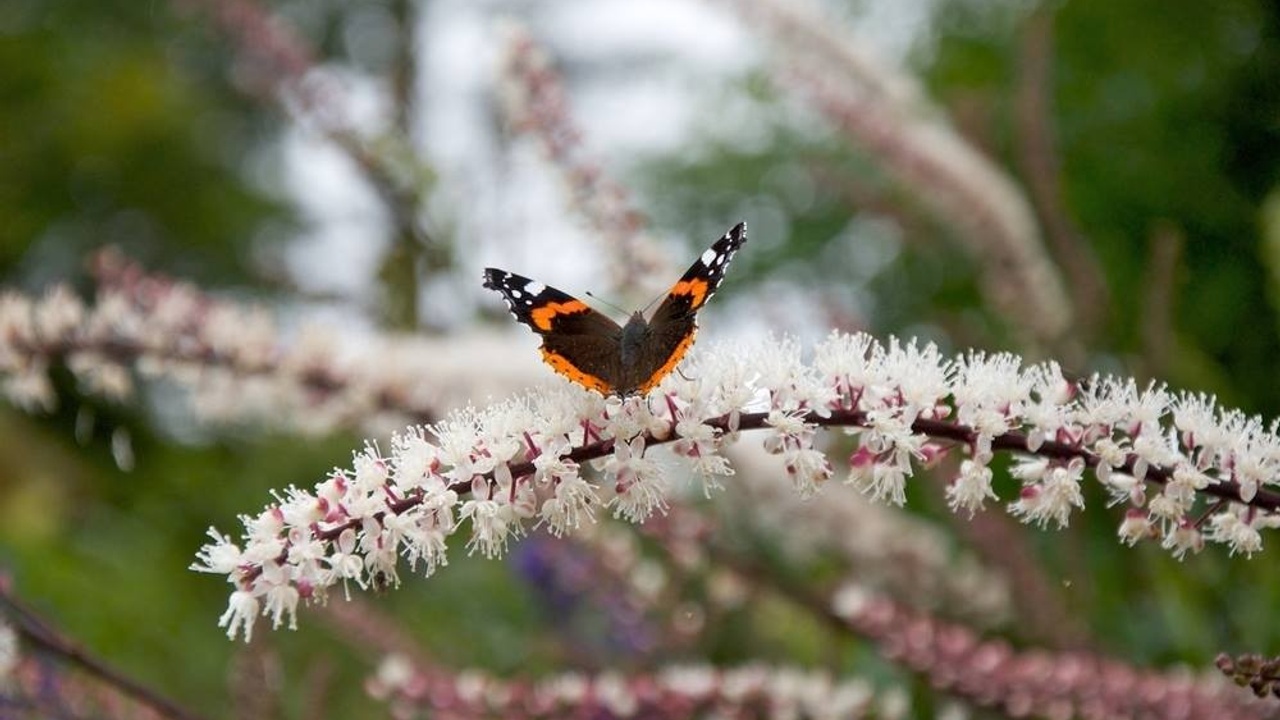Black Cohosh

Black Cohosh has a long history of use both by Native Americans and European settlers. For a herb with such as long history of use, it is certainly misunderstood. It is feared by some and loved by others.
If we were to consider the 2012 Cochrane review and meta-analysis of 16 randomised control trials of Black Cohosh we would find that there were no significant associations between supplementing with Black Cohosh and the reduction of menopausal symptoms such as hot flushes. So why are we still talking about Black Cohosh?
Because there is Black Cohosh and there is Black Cohosh and even the authors of the review wanted to see further studies with more details about the black cohosh preparation used in the trials.
You see Black Cohosh comes from the buttercup family. There are other members of that family and although they look similar they also have their differences. So the very first thing to do is to identify we are talking about the right herb. One of the main problems with herbal medicine is that herbs can get substituted, adulterated or even just grown under poor conditions and not have enough of the right active constituents. As a practitioner, you get to know which companies thoroughly test their herbs before manufacturing their products. Let me tell you there is a huge difference in the quality of products available. The next thing to consider is the active constituents, some companies believe one active, might be more important than another and focus on extracting higher amounts of that out of the plant, while other companies believe the whole spectrum is important. So just because you have tried one Black Cohosh product before doesn’t mean you will get the same result with another product.
Later on, there was a re-review of the Meta-analysis mentioned before, this time they only considered 7 of the 16 trials, and to be included in this re-review the trials needed to use authorised medicinal products, these were correctly identified herbal extracts. This time the outcome was different, and they found a significant reduction in hot flushes.
It is thought to reduce hot flushes by binding to the serotonin receptors expanding the thermoneutral zone. The thermoneutral zone is the band of temperatures you feel comfortable in.
Above the thermoneutral zone you experience the sensation of heat and sweating, below the thermoneutral zone you feel cold and shiver. The thermoneutral zone shrinks during the menopausal transition and this is why many women experience changes in comfort or what I like to call the jacket on, jacket off syndrome. Both reduced oestrogen levels and increased stress hormones narrow this range. Whereas stress management tools and substances that enhance serotonin levels (like Black Cohosh) may maintain or even expand your thermoneutral zone and improve your temperature regulation.
In the early 2000's, there were reports of potential liver damage with the use of Black Cohosh, but this has not been replicated since. The National Institute of Health (NIH) found that there was no evidence of a causal relationship. It is thought that some of the liver toxicity may have been due to adulterants, incorrect herbal identification or impurities in the herbal products taken.
One particular black cohosh manufacturer has been keeping a very close eye on this. In the last 2 decades since this concern was raised, they have sold over 280million black cohosh products across 14 countries and have found zero cases of reported liver toxicity. They know their patented extract of Black Cohosh has very low levels of adverse effects, they have found only 4% of women taking their product experienced symptoms and these were just very mild transient gastrointestinal problems.
They have also looked into its safety for use in women with breast cancer, as this is a major reason why women look to herbal alternatives to Menopause Hormone Therapy. Current research indicates that Black Cohosh is not estrogenic, instead, it works more like a selective oestrogen receptor modulator (SERM). SERMS help to modulate and mimic oestrogen without having a direct oestrogen effect. They found black cohosh to be a safe option for these women.
I’m frequently asked if Black Cohosh is just for hot flushes and the answer is no, I find it very useful for reducing menopausal moods. Reducing irritability and lightening the mood in general.
Black Cohosh may also bind to Opioid receptors. Opioid receptors are the body’s way of regulating pain, reward and addictive behaviours.
In a recent retrospective cohort study, it was suggested it may be protective against menopausal weight gain. Another study found it activated AMPK, this is the same target of metformin. It’s the master regulator of metabolism and may improve blood sugar regulation.
There is a long list of possible symptoms it may improve and this includes:
- Hot flushes
- Night sweats
- Insomnia
- Mood changes
- Fatigue
- Vaginal dryness
- Joint pain
- Racing heartbeat or palpitations
- Urinary weakness
- Weight
- Blood sugar irregularities
My last word on Black Cohosh is if you choose to try it, please purchase a product that you trust and if you don’t know what to look for ask your practitioner to suggest one. Personally, I look for one which has been correctly identified, manufactured under strict guidelines and with extract specific research.
Please note Black Cohosh is NOT for everyone.
Click here to book a consultation and see if Black Cohosh may be right for you.


